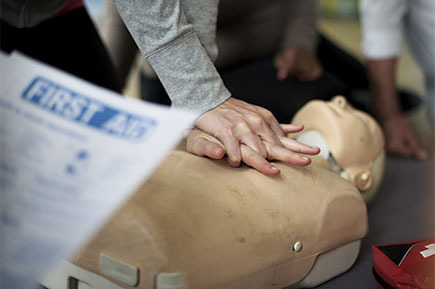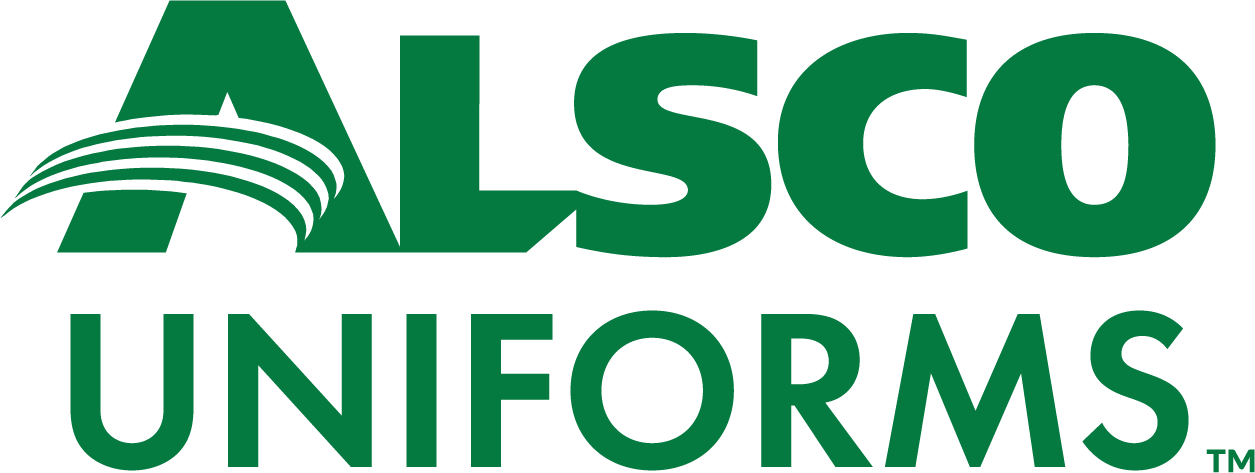
We’ve all heard of CPR.
When your heart stops pumping blood to the brain, you are in desperate need of CPR. Having first aid training (and knowing how to perform CPR) can literally save a life.
First Aid also involves cleaning wounds, stopping bleeding and transporting the injured person.
According to the Work Place Safety and Health Act (WSH), first aid is defined as treatment that minimises harm and preserves life in a medical emergency.
Every business in Singapore is required to incorporate first aid kits, training, and facilities into their occupational safety programs. A first aid kit can cost anywhere from S$80 to S$200, in addition to the business of restocking, maintenance and MOM compliance.
PRO TIP: Avoid all the hassle and unexpected costs and opt for a rented first aid kit service that will do all the work and bundle everything into one low monthly fee.
First Aiders and Their Responsibilities
First Aiders are ideally physically fit, responsible employees, appointed by their employers to manage medical emergencies and first-aid boxes and kits.
Every workplace designated First Aider is required to obtain a first aid qualification from an accredited MOM training centre in Singapore.
So, how many First Aiders are required for your workplace?
Ratio Of First Aiders To The Number Of Employees
| Type of workplace | No. of employees | No. of first aiders |
|---|---|---|
| Quarries, construction sites, shipyards, petroleum refineries, woodworking factories | 26 – 100 | one |
| More than 100 | one for every 100 persons employed or less | |
| All other factories and workplaces covered under the Regulations | 26 – 150 | one |
| More than 150 | one for every 150 persons employed or less |
First Aiders are fully informed about the hazards of the workplace and can correctly assess how to respond in any situation. This involves ruling out any risk of danger before treating or moving the patient. They keep a log of all treatments and injuries, handing over relevant information to the medical professionals.
After training, First Aiders are also responsible for maintaining first-aid boxes. This involves monitoring and restocking items, and making sure everything is working and compliant with MOM standards.
PRO TIP: In a large team of first aiders, clearly designate roles and responsibilities. This will minimise the all too common ‘not my job’ syndrome where everyone expects someone else to do what needs to be done.
What is an Occupational First Aid Course?
On average, an MOM-approved Occupational First Aid Course (OFAC) takes 24 hours to complete and costs the company S$300 (inclusive of tax). It is mandatory training that teaches employees how to provide first aid treatment during an emergency.
The trainee must pass two written assessments (multiple-choice questions) and a practical assessment to qualify.
First Aid Certification in Singapore is valid for two years.
In addition to the duties and responsibilities of a first aider, the trainee will also learn the following:
Cardio-Pulmonary Resuscitation (CPR) and Use of an AED Respiratory System
Cardio-pulmonary resuscitation in the form of chest compressions and an assortment of techniques is needed to stimulate a failing heart. If not treated immediately, an oxygen-starved brain and heart are deadly.
Knowing how to perform CPR and use a defibrillator (AED) is the cornerstone of First Aid Training. The course as a whole requires 75% attendance to qualify, of which the CPR and AED training requires a full 100% attendance.
It’s that serious.
First Aid for Occupational Eye Injuries
Eye injuries don’t only happen in outdoor jobs like construction and manufacturing (although the risk is definitely higher in those occupations).
Knowing how to prevent and treat eye injuries is essential for first aid.
Dust and foreign particles inflame and irritate the eyes, sometimes requiring swift removal to avoid permanent damage.
Being struck by an object can cause the eye to bleed internally, while excessive exposure to the sun or other forms of ultraviolet radiation can cause an allergic reaction and damage the eyes.
First Aid for Burn Injuries
This section of the course teaches employees how to recognise different types of burns, the ones that require immediate medical attention and how to apply first aid treatment when necessary.
Burn injuries in the workplace can happen through contact with flames, sparks, heated materials, machinery, specific chemicals and live electricity.
Trainees will learn how to distinguish and treat first to third-degree burns, chemical burns as well as electrical burns.
With third-degree burns, for example, treatment may result in a fatal infection. Burn victims require immediate medical help.
Recognising Medical Emergencies
What is considered a medical emergency? Any situation that can cause death or permanent injury is a medical emergency.
Learning how to assess perilous situations is critical to safety. In this segment of the training, First Aiders learn best practice assessment techniques.
Medical emergencies can include choking, non-stop bleeding, fainting or fitting, broken bones, ingested poison and severe burns.
First Aid for Chemical Accidents in the Workplace
The safe use of chemicals in the workplace is an essential part of first aid training.
Anything highly acidic or alkaline, for example, can be toxic – especially to the eyes. Even substances like industrial cleaning products pose a great risk.
Trainees receive relevant information about how to control hazardous substances, but ultimately it is the employer’s responsibility to eliminate or reduce chemical risks.
This can be done by substitution (replacing with less hazardous materials or processes), isolation (moving risks away from congested areas), administrative controls and protective equipment.
Workplace Accident Prevention Handling
Accident prevention handling is part and parcel of the risk assessment taken by the employer.
In addition to the risk-reducing methods already mentioned, the workplace must implement management and staff training on occupational risks, preventative measures and emergency procedures.
Everyone needs to know how to work safely.
Accident prevention means teaching employees about dangers, motivating them to work safely, ensuring safe, functional equipment and providing for emergency responses.
Transportation of Injured People
Moving an injured person should not be taken lightly. It includes securing the airway, supporting circulation and preventing further injury to the spine and other areas of the body. If the casualty’s vital signs are stable, they may be transported by several means, including:
- Picked up in both arms
- One-arm assist
- Chair carry
- Fireman’s drag/lift
- Piggyback carry
- Two-handed seat
- Three, four, six or eight-person carry
Do you know how any of these patient transport methods work? Whether or not you are a first aider, getting the first aid qualification is the first step to staying safe in the workplace.
What’s Next?
Visit the MOM website for a comprehensive list of accredited training centres for safety-related courses in Singapore.
Want to check if your employee’s course certificate is still valid? Find their training records here.
And last but not least, ensure your workplace is fully WSH-compliant with a fully managed first aid kit rental service.
Photo courtesy of Freepik by @rawpixel.com



